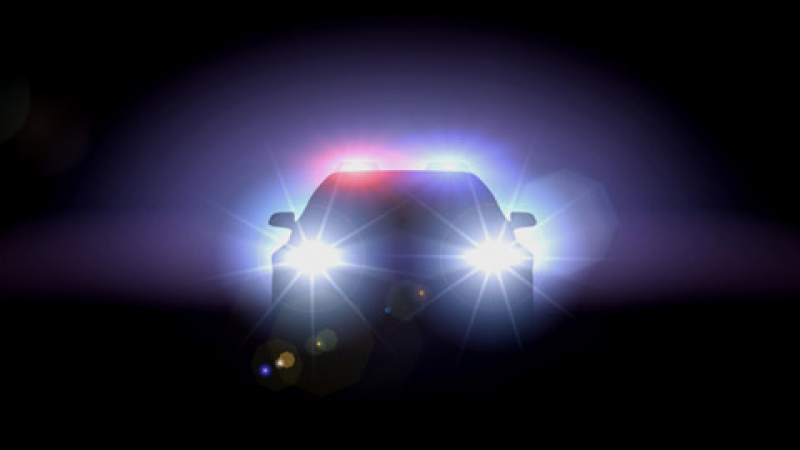What Can You Learn About Using High Beams While Studying For Your DMV Learners Permit Test
When driving on deserted city streets, country roads, or highways during the hours of darkness, many drivers use high beams. And if you have already started preparing for your learner’s permit test by studying the state driver's guide, you may come to a section about driving at night and learn that the guide not only requires using headlights from sunset to sunrise but also recommends using high beams on open highways. Well, now you know when you should use high beams, but do you remember when you shouldn’t? Can you pass the learners permit test online and give a correct answer about dimming headlights?
Unfortunately, quite a lot of drivers forget about dimming the vehicle’s headlights when approaching another vehicle from the front or rare, though this issue is regulated by traffic laws. In Nebraska Driver Manual, it is specified that a driver is required to dim the vehicle’s headlights within 200 feet of another car, while in Michigan it is illegal to use high beams within 500 feet of an oncoming vehicle. Other states also specify the recommended distance or conditions for dimming high beams in their driver’s guides – practice your learners permit test and pay focused attention to corresponding sections. You will find out that drivers should dim the headlights even for pedestrians or cyclists and that using low beams is required under adverse weather conditions, such as rain or fog.
Violating rules of the road by improper use of high beams, the driver risks causing an accident, since blinding by headlights leads to disorientation, erratic behavior, and delayed response of other road users, whether they are drivers or pedestrians. Thus, both the driver who uses the high beams and the person blinded by them can suffer from such an accident (for example, a head-on collision can happen). So, understanding how to use high beams properly isn’t just a matter of passing your learner’s permit test, but is an important driving safety factor along with understanding how to act when you are blinded by an oncoming vehicle’s headlights.
What Should You Do When You Are Dazzled By High Beams?
When practicing your learners permit test online, you may stumble upon a range of questions about using headlights like what kind of beams you should use when driving in fog or when you should turn on the headlights. And your DMV learners permit test may include a question about your actions to prevent being blinded by high beams of an oncoming vehicle since recommendations on this topic are usually covered in driver’s manuals. Specifically, Nebraska Driver Manual recommends looking toward the right edge of the road instead of staring directly at the oncoming car. You will find the same advice in California Driver’s Handbook along with other useful recommendations – practice your learners permit test heartily and you are sure to learn a lot of practical suggestions from other states’ manuals.
Generally, the following recommendations are given to avoid accidents associated with blinding by high-beam headlights:
- Don’t look directly at the headlights of an oncoming car.
- Look toward the right edge of your lane.
- Follow the oncoming vehicle out of the corner of your eye.
- Another helpful trick is to close your left eye and look at the road with your right eye.
- Slow down until your forward visibility is restored.
- If you feel completely blind, don’t panic and go on driving straight ahead, while slowing the car down gradually. If it is necessary, stop the car (observing traffic rules and avoiding creating obstacles for other vehicles) and have a rest until your vision returns.
Also, it is clever to get the windows and mirrors prepared for night driving, the more so it is recommended by driver’s manuals (certainly, you read about this while studying for your learner’s permit exam). Keep your windshield and side windows clean inside and outside, as headlights tend to glare on dirty glass. If the car features a day/night mirror, switch it to night mode in order to decrease glare generated by the cars behind you.
Practice the driving license exam and train your vision in advance: when driving during daylight hours, find a point on its windshield, which remains visible while you are looking at the road using your side vision. Try to remember its location and look at this point, when the oncoming vehicle’s high beams come on.
If you studied for the knowledge exam thoroughly enough, you are aware of the fact that many driver’s manuals don’t recommend flashing headlights to show an oncoming vehicle’s driver that the high beams should be dimmed. In some states, headlight flashing is a traffic rules violation, since it can blind another driver and lead to a road accident. Going through your learner’s permit knowledge test online, you can find corresponding questions, so make sure to learn whether brief headlight flashing is allowed in your state (for example, it is recommended in NY and WI).










 10 Tips on How to Pass Advanced Driving Test. Aquaplaning
10 Tips on How to Pass Advanced Driving Test. Aquaplaning